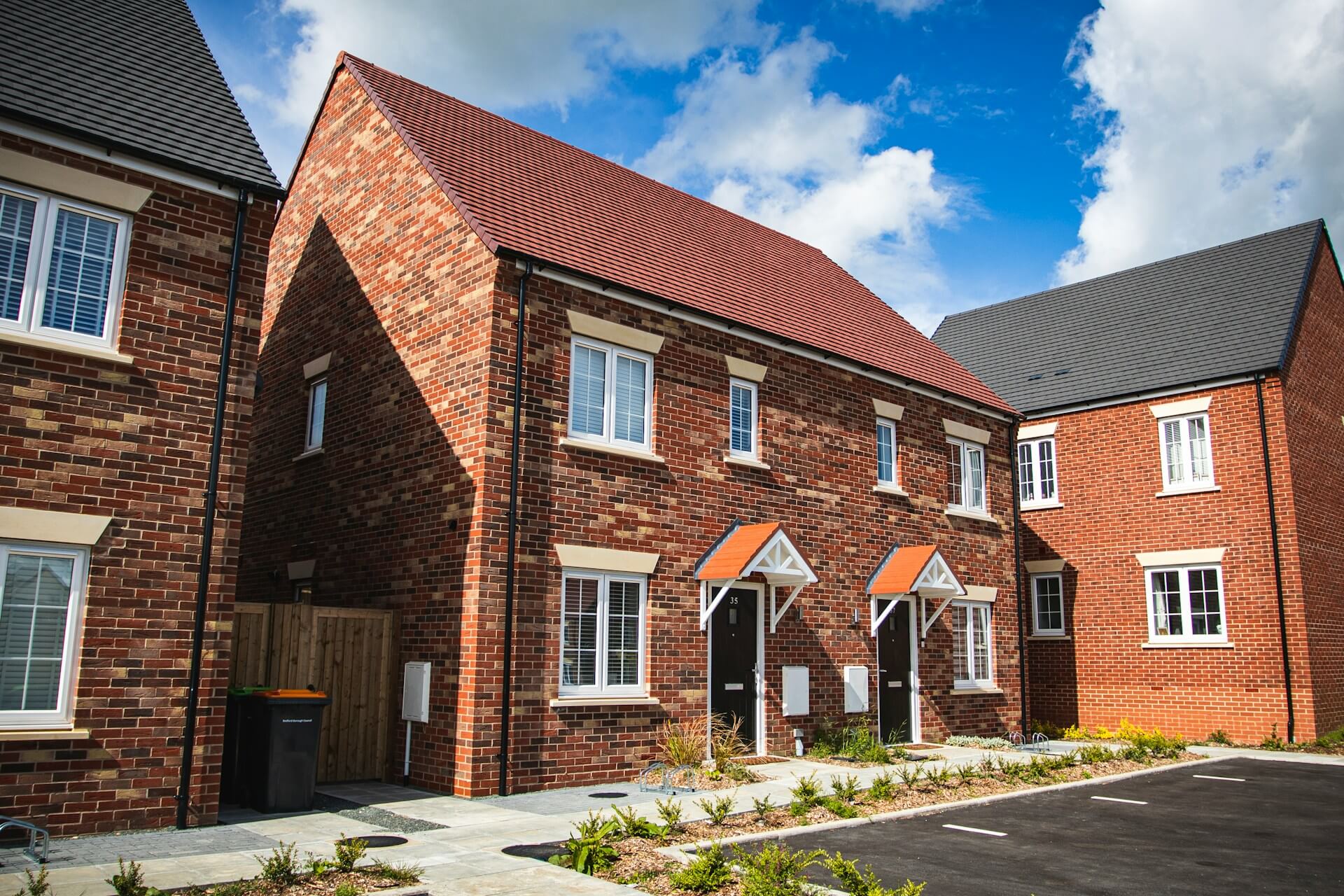
Shared Ownership vs. Full Ownership: Comparing Costs Over Time
02 Feb 2025
Buying a home is one of the biggest financial commitments most people will make in their lifetime. Two common routes to homeownership are shared ownership and full ownership. While full ownership means you own 100% of the property outright (typically with a mortgage), shared ownership allows you to buy a portion of a property (usually between 25% and 75%) and pay rent on the remaining share. But how do these two options compare financially over time? Let’s break down the costs and long-term financial implications of both.
Initial Costs Comparison
| Cost Factor | Shared Ownership | Full Ownership |
|---|---|---|
| Deposit | Lower, based on share owned (e.g., 10% of 50% share of a $300,000 home = $15,000) | Higher, based on full property price (e.g., 10% of $300,000 = $30,000) |
| Mortgage | Based on percentage owned | Based on full property value |
| Rent | Paid on remaining share | None |
| Stamp Duty | Can sometimes be deferred | Payable on full price |
| Other Fees | Similar legal and survey fees | Similar legal and survey fees |
Monthly Expenses Comparison
| Expense Type | Shared Ownership | Full Ownership |
|---|---|---|
| Mortgage Payments | Lower, since borrowing is for a partial share | Higher, since borrowing covers full value |
| Rent | Required, increases over time | None |
| Service Charges | Applicable for leasehold properties | Applicable for leasehold properties |
| Maintenance & Insurance | Similar to full ownership | Owner is fully responsible |
Long-Term Costs & Investment Potential
| Factor | Shared Ownership | Full Ownership |
|---|---|---|
| Staircasing Costs | Additional legal and valuation fees with each share purchase | Not applicable |
| Rent Escalation | Rent increases over time | None |
| Equity Growth | Limited to owned share | Full equity growth benefits |
| Resale Restrictions | May have restrictions from housing association | No restrictions |
| Mortgage Completion | Rent still payable unless staircasing to 100% | No further payments once mortgage is cleared |
Comparing Over 10-20 Years
| Factor | Shared Ownership | Full Ownership |
|---|---|---|
| Total Cost Over Time | Can be higher due to ongoing rent and staircasing expenses | Higher initial cost but greater long-term savings |
| Property Appreciation | Limited gains based on percentage owned | Full appreciation benefits |
| Financial Security | Less predictable due to rent increases | More stable, especially after mortgage repayment |
Which Option is Best for You?
- Shared ownership can be a good choice if you’re struggling with affordability, need a lower deposit, or want a gradual path to homeownership.
- Full ownership is better for those who can afford the higher upfront costs and want full control of their property without ongoing rent payments.
Conclusion
Both shared ownership and full ownership have their advantages and drawbacks. Shared ownership offers lower initial costs but comes with ongoing rent payments and staircasing expenses. Full ownership requires a larger deposit and mortgage but provides long-term financial benefits and equity growth.
When deciding, consider your financial situation, long-term plans, and the overall cost of each option over time.